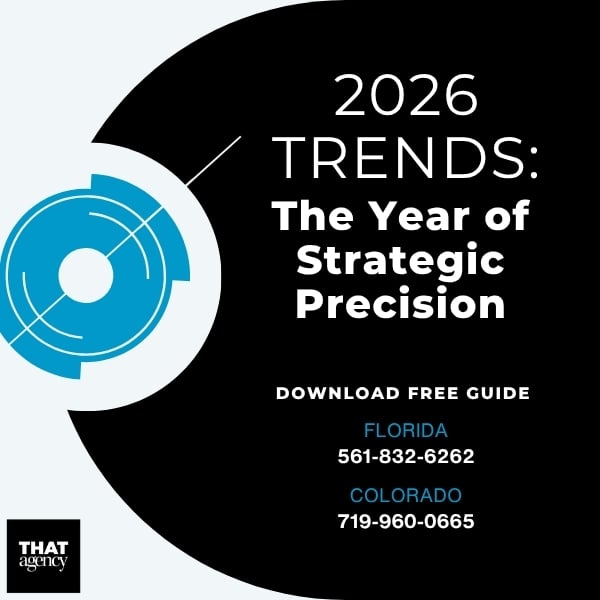Getting new customers is key to growing any business. In 2025, competition will be tougher than ever, and businesses that focus on strong customer acquisition strategies will have the edge. Whether you’re a small local business, a fast-growing e-commerce brand, or a large company, bringing in new customers is a must for staying ahead.
Let’s dive into what makes customer acquisition so important and how you can build a strategy that outshines your competition.
Outperform
Simply put, customer acquisition is all about attracting and converting people into paying customers. While keeping existing customers is great for long-term growth, bringing in new ones is how your business expands and thrives.
In 2025, there are a few big trends shaping how businesses acquire customers:
Creating a customer acquisition strategy doesn’t have to be overwhelming. It’s all about connecting with your audience, gaining their trust, and convincing them to choose your business over others. Let’s break it down into actionable steps so you can start seeing results.
The first step in acquiring customers is understanding who they are. If you don’t know your audience, it’s like throwing darts in the dark—you might get lucky, but most of your efforts will miss the mark.
Here’s how to get started:
Example: If you own an online clothing store, you might find that your best customers are women aged 18–30 who value affordability and trendy styles. For a local service business, your ideal customers might be families or professionals in your area who value convenience and quality.
Pro Tip: Use buyer personas to create a detailed profile of your ideal customer. For instance, “Tech-Savvy Tina” could be a 25-year-old who shops online for convenience and wants eco-friendly products.
When potential customers search for a service or product like yours, you want to be the first thing they see. That’s where SEO (search engine optimization) comes in. It’s all about optimizing your online presence so search engines like Google rank your site higher.
Example: A blog titled “How to Create a Winning Customer Acquisition Strategy in 2025” could help attract people searching for advice on the topic—and lead them straight to your website.
SEO and organic strategies are great, but they take time. If you want faster results, consider using paid ads to promote your business.
Example: Let’s say someone visits your site and browses your services but leaves without taking action. A remarketing ad could show up on their Facebook feed, saying, “Still thinking about [your service]? Book a free consultation today!”
Your website is like your digital storefront. If it’s not welcoming, easy to use, or visually appealing, people will leave—and they won’t come back.
Example: If you own a moving company, your homepage might include a CTA that says, “Get a Free Moving Quote Today!” leading visitors directly to a form to fill out.
Building a strong customer acquisition strategy doesn’t happen overnight, but by following these steps and staying consistent, you can attract the right customers and grow your business. Remember, the key is to understand your audience, show up where they are, and make it easy for them to choose you.
Technology can do wonders for your customer acquisition strategy. It not only saves time but also makes the process more effective by helping you target the right people and keep them engaged. Here’s a closer look at some of the best tools and how they can help your business grow.
What is marketing automation?
Marketing automation tools take care of repetitive tasks like sending emails, scheduling social media posts, and tracking customer interactions. These tools free up your time so you can focus on the bigger picture.
How can it help with customer acquisition?
By automating these tasks, you ensure consistent communication with potential customers, even when you’re busy. For example, you can set up an automated email series to welcome new subscribers, share valuable content, and encourage them to make a purchase—all without lifting a finger.
Popular Tools:
Benefits of Marketing Automation:
What is AI in marketing?
AI tools use data and machine learning to make smarter decisions. They can analyze customer behavior, predict trends, and provide personalized recommendations.
How can AI improve customer acquisition?
AI can help businesses understand their customers better and offer them the right products or services at the right time. For instance:
Popular AI Tools:
Benefits of AI in Customer Acquisition:
What is a CRM system?
A Customer Relationship Management (CRM) system is software that helps you manage and organize all your customer interactions. It tracks details like when a lead first contacted you, what they’re interested in, and where they are in your sales process.
How can a CRM system help with customer acquisition?
CRMs make it easy to follow up with leads and ensure no one falls through the cracks. For example, if someone fills out a form on your website but doesn’t make a purchase, a CRM can remind you to send them a follow-up email or call. It’s like having a personal assistant that keeps your sales pipeline organized.
Popular CRM Tools:
Benefits of Using a CRM System:
Do I need all three tools for my business?
Not necessarily. The right tools depend on your business size, goals, and budget. For small businesses, starting with one tool—like email automation—is often enough. As your business grows, you can add AI tools or a CRM to streamline your operations further.
How much do these tools cost?
Pricing varies depending on the tool and its features. For example:
Are these tools hard to set up?
Most tools are designed to be user-friendly and come with tutorials, templates, and customer support to help you get started. If you’re not tech-savvy, many tools offer professional setup services for an extra fee.
In 2025, businesses that leverage technology will have a significant advantage over those that don’t. Tools like marketing automation, AI, and CRM systems allow you to work smarter, not harder. They help you stay connected with potential customers, deliver personalized experiences, and close more sales—all while saving time and resources.
Once your customer acquisition strategy is up and running, how do you know if it’s working? Measuring success is all about tracking key metrics that give you insight into what’s working and what might need improvement. Let’s break it down:
Q: How often should I check these metrics?
A: Regularly! Depending on your business, this could mean weekly, monthly, or quarterly. Frequent reviews help you catch problems early and make informed adjustments.
Q: What if my numbers don’t look good?
A: Don’t panic. Use these metrics as a guide to pinpoint where things are falling short. For example:
To stay competitive in 2025, it’s important to adapt to new trends in customer acquisition. Here’s what’s shaping the future:
In 2025, beating the competition is about more than just having a great product or service. Customers have more options than ever, so standing out requires focusing on their experience, building trust, and showcasing what makes your business unique. Here’s how you can rise above the competition while creating an exceptional journey for your customers.
What makes your business different? Identifying your unique selling points (USPs) is the key to standing out.
Ask yourself:
Once you’ve identified your strengths, make sure your audience knows about them. Highlight these in your marketing, website, and even in how you interact with customers.
Pro Tip:
Use storytelling to emphasize your uniqueness. For example, share the story of why you started your business or how your product solves a common problem in a creative way.
Creating an exceptional customer experience (CX) is one of the best ways to stand out. Customers remember how they feel after interacting with your business, so make every touchpoint count.
Here’s how to create a winning customer experience:
Why does CX matter?
A positive customer experience doesn’t just win over new customers—it keeps them coming back. Research shows that happy customers are more likely to recommend your business to others, driving word-of-mouth growth.
Social proof is a powerful tool to help potential customers feel confident about choosing your business. When people see others have had positive experiences, they’re more likely to trust your brand.
Ways to build trust through social proof:
Quick Tip:
Make reviews and testimonials easy to find. Add them to your homepage, product pages, and emails. Including a photo of the reviewer or their job title adds even more credibility.
Want a few easy ways to stand out from the crowd? Try these strategies:
To succeed with customer acquisition in 2025, it’s important to stay on top of new trends. Adopting these can help you stay competitive:
It’s not enough to just try new strategies—you also need to measure how well they work. Tracking key metrics ensures your customer acquisition strategy stays effective and profitable.
By regularly reviewing these metrics, you’ll know what’s working and where you can improve.
Staying ahead in customer acquisition means going beyond the basics. Focus on delivering an exceptional experience, building trust with social proof, and adapting to trends like personalized marketing and purpose-driven branding.
In 2025, businesses that focus on personalized experiences, smart use of data, and cutting-edge technology will win at customer acquisition. By building a thoughtful customer acquisition strategy, you can attract the right customers, grow your business, and stay ahead of the competition.
Ready to improve your customer acquisition game? Contact us today to learn how THAT Agency can help your business reach new heights!
Tags: SEO, Social Media, Web Design, Artificial Intelligence, 2025 Marketing Trends
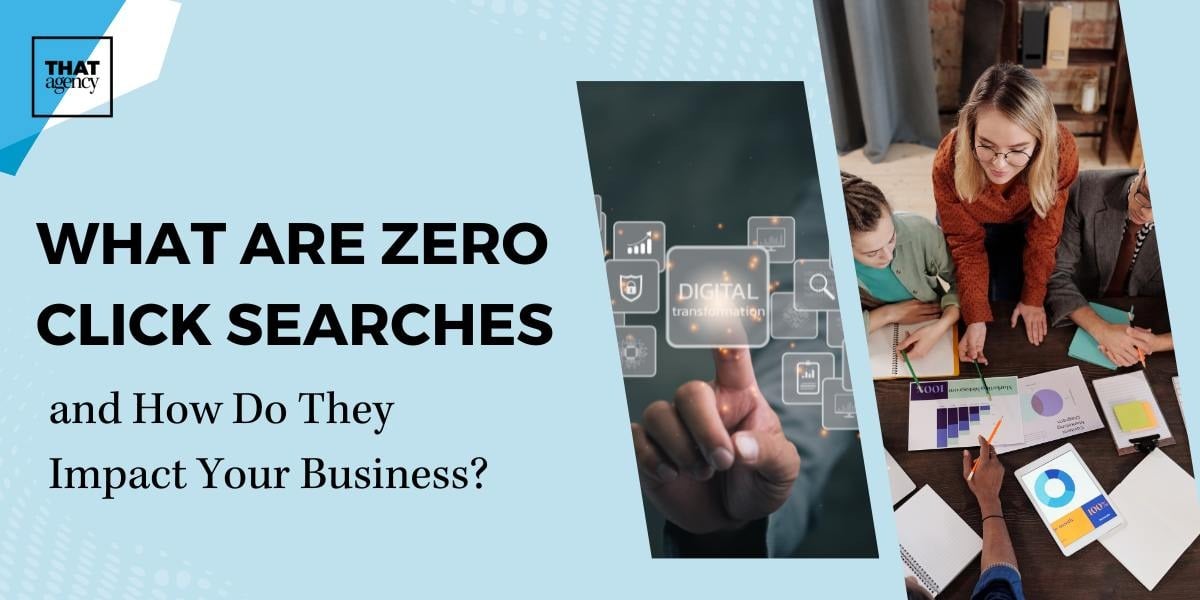
What are Zero Click Searches and How Do They Impact Your Business?
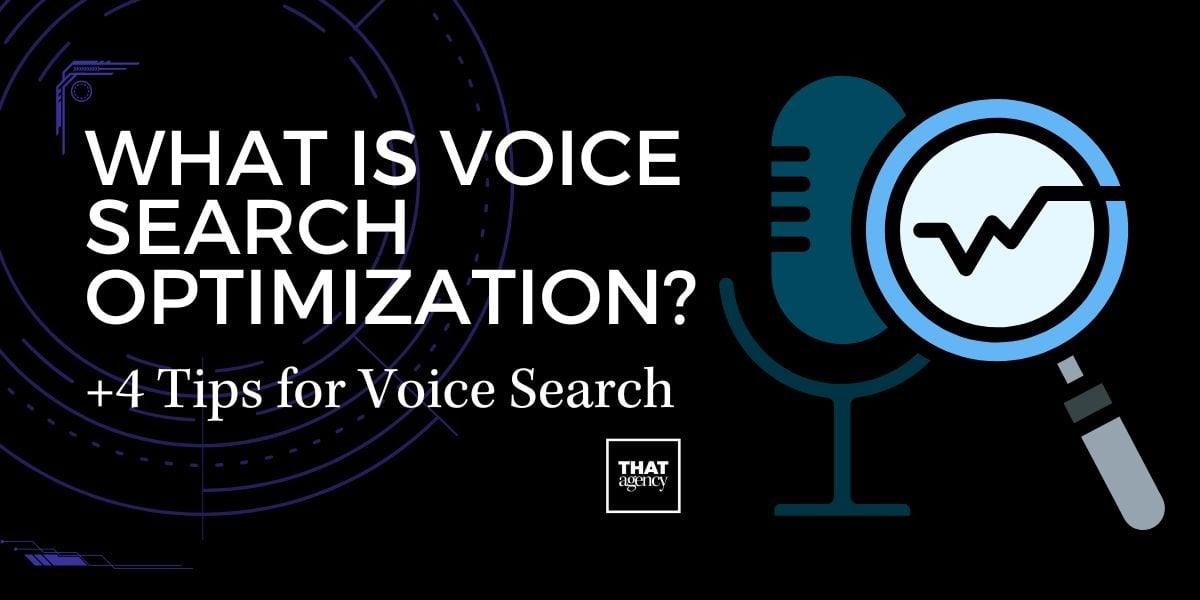
What is Voice Search Optimization? +4 Tips for Voice Search
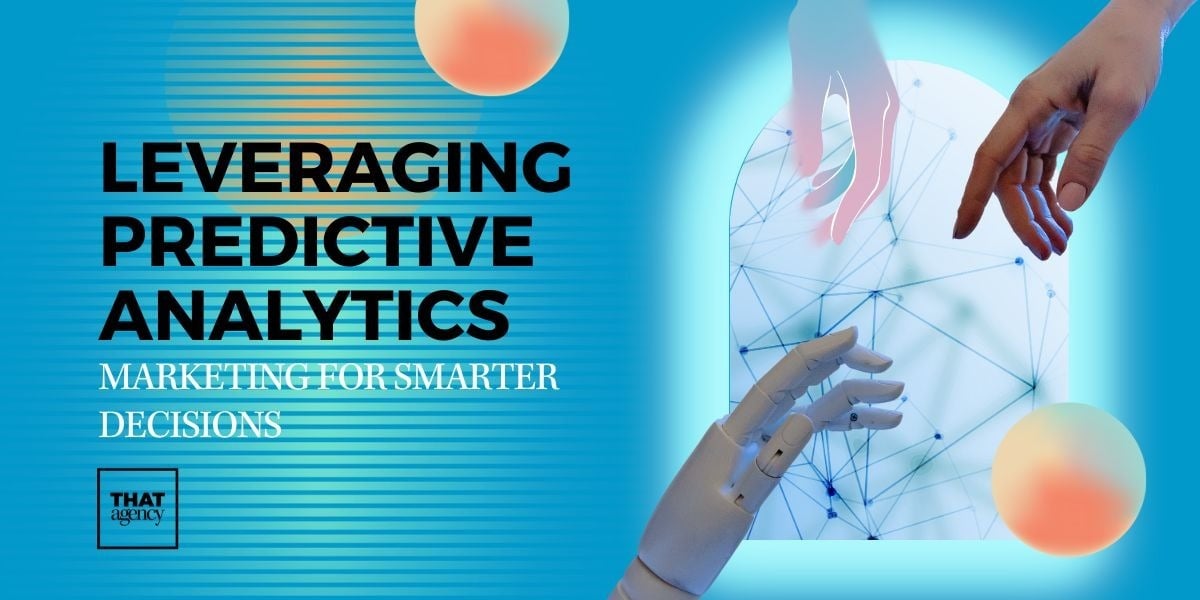
Leveraging Predictive Analytics Marketing for Smarter Decisions
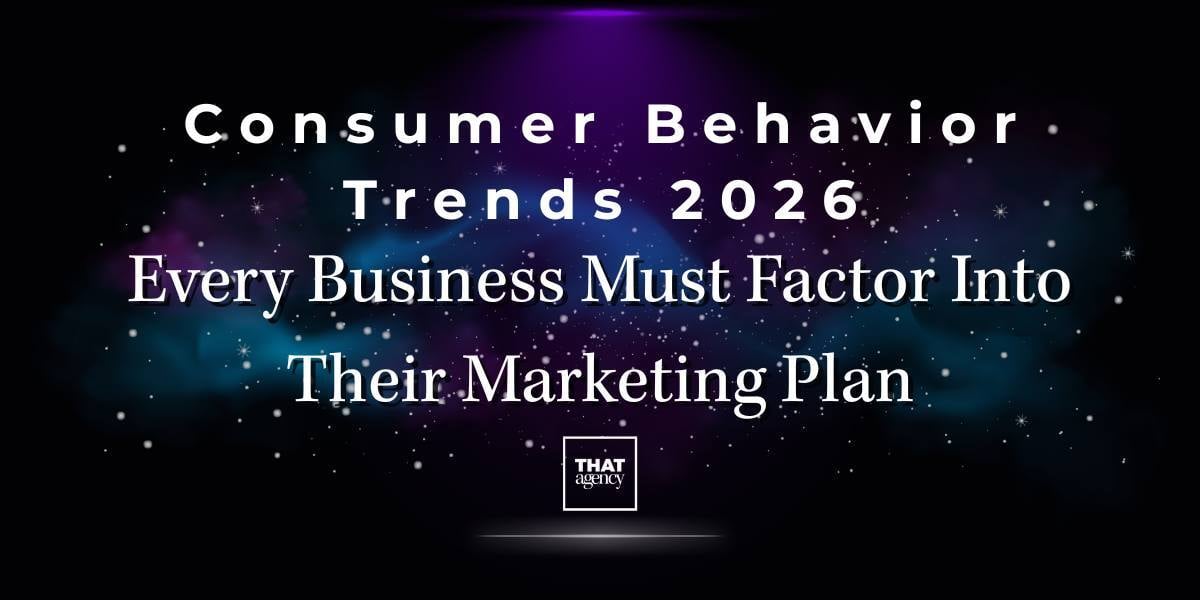
Consumer Behavior Trends 2026 Every Business Must Factor Into Their Marketing Plan
.jpg)
AI Image Generation for Marketers: What’s Possible and What to Avoid
700 S. Rosemary Ave.
Suite 204-707
West Palm Beach, FL 33401
P: 561.832.6262
F: 561.832.7707

